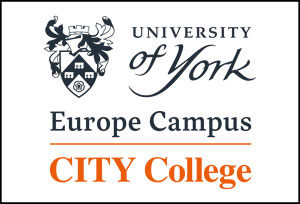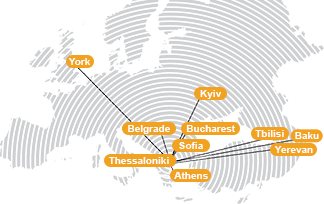FDI has turned out to be one of the main drivers of globalisation and has been accorded a substantial role in the economic transformation and integration of Central and Eastern European (CEE) transition economies. The consequences of FDI have already been explored theoretically, however, the picture becomes less clear when turning to empirical evidence. One of the most quoted effects of FDI is the technological transfer to domestic companies, which is expressed in terms of two concerns: direct effect (impact of FDI to foreign companies’ subsidiaries) and indirect effect (spillover effect of foreign companies to local competitors, local suppliers and local customers). An isolated country like Albania, with small size and strategic location, constitutes a very interesting case in point for investigating the importance of FDI as a channel for transfer of technology. Adding to this, given that Albania, part of CEE countries, has not attracted the interest of researchers so far, this study endeavours to hopefully fill the gap in the ongoing literature by attempting to examine: the characteristics of foreign companies in Albania; the direct technological effects of FDI on local subsidiaries, the indirect technological effects of FDI on local companies, the mechanisms for the transmission of these effects, the factors in which the FDI effects depend and the wider effects of FDI in the domestic industry.
The study utilizes both qualitative and quantitative methods by employing three methodological approaches: 1) Existing econometric approach to examine the relationships between productivity growth and foreign participation in the Albanian manufacturing sector between 1998-2004 in order to establish preliminary indication of gains and losses from FDI and in which industries; 2) Sample survey including interviewer-administered questionnaires with foreign companies in order to explain how and why direct and indirect technological transfer occur, as well as why it has been more effective in some industries than others; 3) Case studies with foreign companies corresponding to the three most important sectors with FDI, complemented by surveys with their main local suppliers, customers, competitors. Preliminary results from sample survey with foreign companies operating in Albania show that the impact of FDI is important in terms of direct technology transfer to local subsidiaries; however, the technology transfer to local companies is limited mainly due to little contact of FDI companies with the host economy. In case where there is contact with local economy, local suppliers benefit (assistance on quality, price and time delivery) more than local customers and local competitors. Main transmission mechanisms involve direct cooperation mainly through informal sharing of views, higher requirements put by foreign companies, as well as through demonstration/imitation effects.






